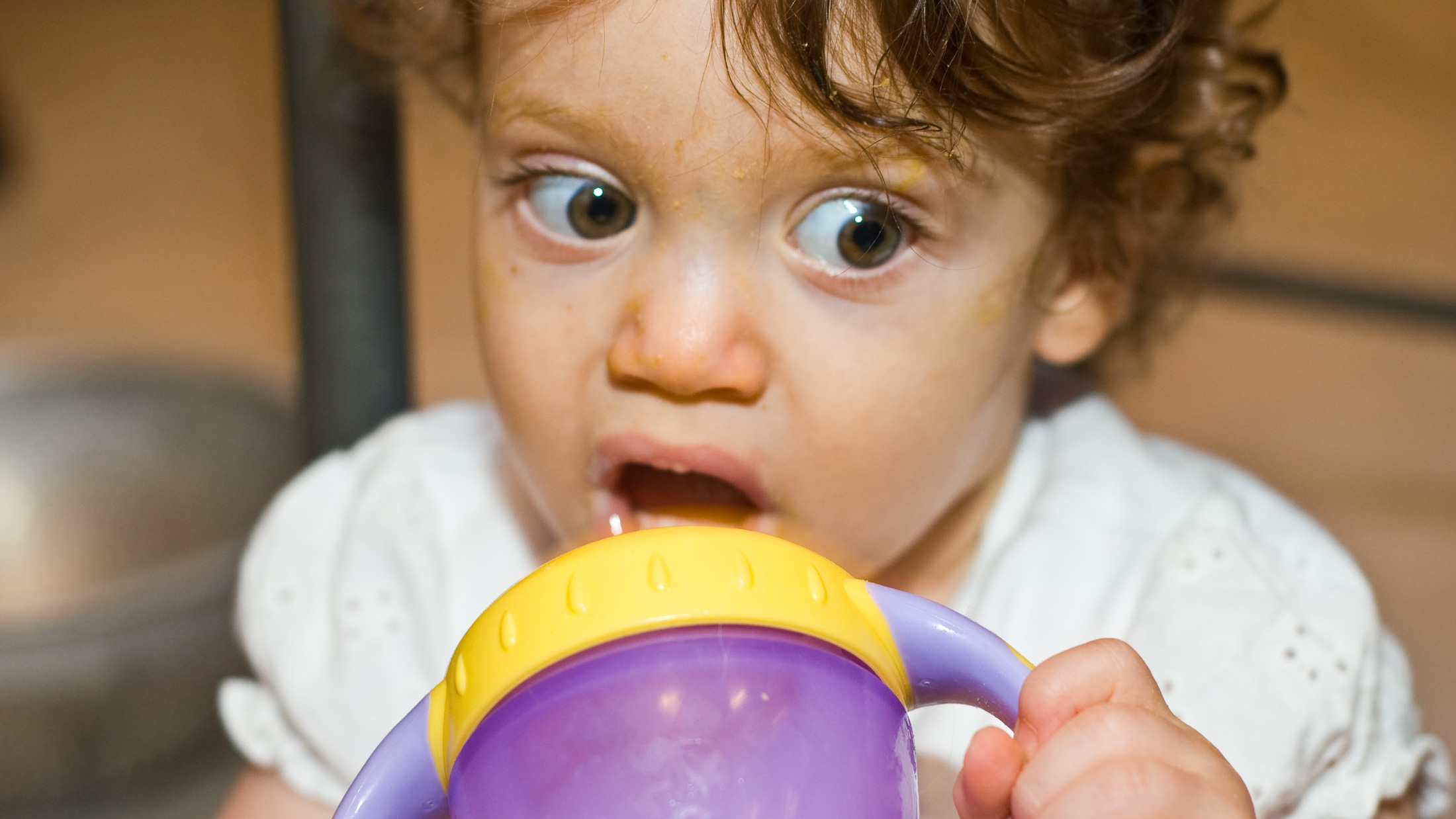Send your question to Umbra!
Q. In light of recent BPA-free-wait-this-stuff-is-worse confusion, what kind of water bottles can I drink from? I don’t trust myself with a glass Nalgene.
Thanks,
Hannah W.
Cleveland, Ohio
A. Dearest Hannah,
Just when you thought it was safe to go back in the water bottle … Out comes disturbing new research saying our new, safer plastics aren’t necessarily all that safe after all. So where can we turn to fulfill our hydration needs now?
First, for those of you who don’t have a Google Alert on BPA, a.k.a. bisphenol A: The Center for Environmental Health recently released a study that looked at chemicals in several brands of BPA-free kids’ sippy cups. Nine of the 35 cups tested contained significant amounts of estrogenic chemicals similar to BPA – seven of which actually measured higher for estrogenic activity than products with BPA. This joins a 2011 study finding that most plastics leach synthetic estrogens, even those labeled BPA-free, and even without exposure to stressors like microwaving, dishwashers, or UV light.
What gives? Didn’t we solve this dangerous-hormones issue a few years back, when the FDA banned BPA in baby bottles and kids’ cups and manufacturers switched en masse to BPA-free plastics? It seems we owe this out-of-the-frying-pan-into-the-fire situation to the fact that legally, chemicals are considered safe until proven otherwise. With BPA out, companies may have turned to untested replacements – some of which are now coming up positive for hormonal activity.
I don’t blame you for wanting to chuck all your plastics, Hannah. The FDA’s official position may be that low levels of BPA are OK, but plenty of other scientists dispute the agency’s recent research. Given the health issues implicated with synthetic hormone exposure, I think the time-tested “better safe than sorry” plan is a prudent one.
Luckily, I do have a few solutions for you. One, you could tote a stainless steel bottle, long a favorite option for the plastic-wary because they’re durable and recyclable. Though breakable, a glass water bottle is also a good, nontoxic bet, and you can slip a silicone sleeve over it to guard against butterfinger moments. A third option might be an aluminum bottle with a BPA- and phthalate-free liner, but given the choice, I’d still opt for steel. As long as you’re ditching plastic for all on-the-go drinking needs, I think you’re in good shape.
Hydratedly,
Umbra



